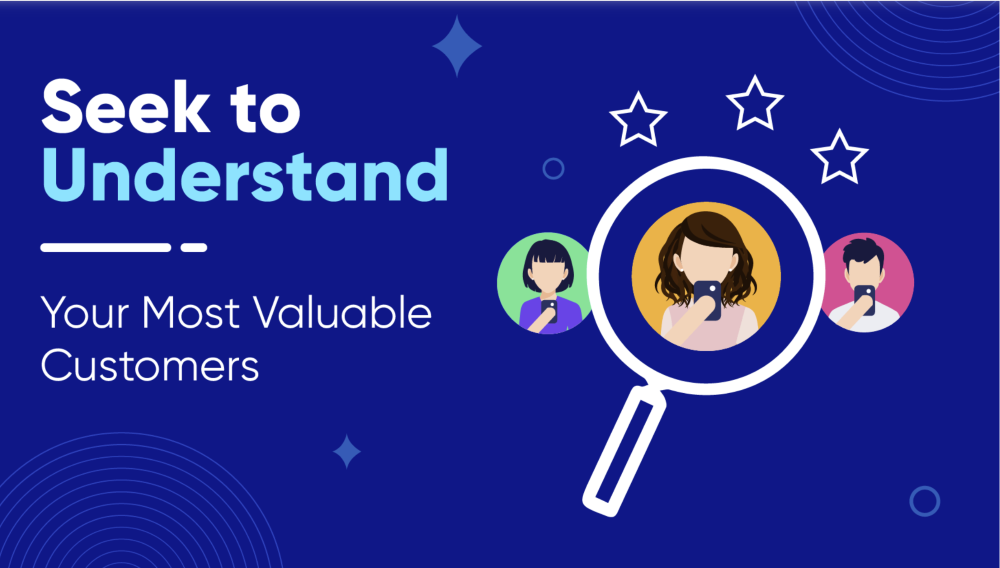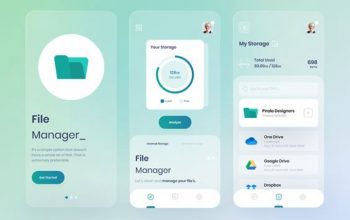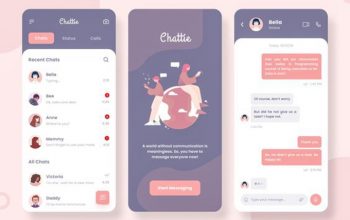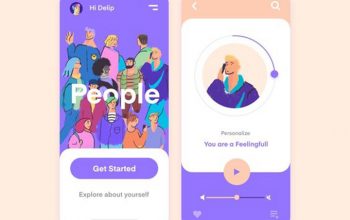It was 1982 and E.T. the Further-Terrestrial was hitting the field workplace. Hollywood was displaying us a gentler aspect of a hypothetical and unknown type of life that the media had portrayed as evil for a few years. That led to an entire new mind-set about aliens and the way they may come to work together with us people. Not had been aliens pictured as being completely evil. As an alternative, they had been seen as advanced organisms, able to experimenting feelings and empathizing with different beings. The potential of aliens interacting with people in an emotional approach was one thing that the mainstream embraced.
Table of Content
- Machine Studying Powered Affective Computing
- aso app store vs google play
- google play description
- ios 15 app store optimization
We’re presently on the crossroads of expertise the place one thing comparable is occurring. After many years of picturing computer systems as an impassive risk to humanity, we’re lastly opening as much as the potential for people interacting with computer systems in ways in which resemble empathic interactions with different dwelling beings. The concept of computer-human interplay is not restricted to a display, a keyboard and a mouse. Due to new applied sciences that permit computer systems to grasp the emotional state of people, we are able to now consider a world the place Affective Computing exists.
On this publish we’ll focus on what Affective Computing is, the way it can influence the app world, and its implications for your enterprise.
What’s Affective Computing
The time period Affective Computing was first coined by MIT Media Lab professor Rosalind Picard in 1997. In her revolutionary paper, Picard referred to Affective Computing as “computing that pertains to, arises from, or intentionally influences emotion or different affective phenomena.” This launched the world to the thought of a type of computing that was in a position to work together with human feelings. In different phrases, it launched the notion of pc emotional intelligence. Since then, expertise has advanced an awesome deal. Many disciplines working collectively have been in a position to put into apply a few of Picard’s concepts, as these are formed on the intersection of pc science, psychology and cognitive science.
In apply, Affective Computing implies that a pc is ready to acknowledge sure patterns in people. This may be achieved by utilizing particular units that assist computer systems retrieve knowledge so as to course of it and simulate empathy. This permits computer systems to establish a person’s emotional state, however it additionally works the opposite approach. A pc can transmit feelings to the person primarily based on the enter obtained. For instance, if a person is feeling unhappy, the pc can establish this and adapt to the person’s feelings, performing actions like altering the colour of the display to counteract it, or setting the sunshine of the room to a distinct setting. The important thing ingredient on this complete course of is Synthetic Intelligence, extra particularly, Machine Studying.
Machine Studying Powered Affective Computing
We’re nonetheless a good distance from having robots that emulate people completely (if we ever get there), however the world has made fairly some progress. Due to highly effective Machine Studying instruments and apps, in addition to the huge quantities of information computer systems can gather and course of, it’s potential for algorithms to establish human feelings by way of sample recognition. It’s not that the algorithm is aware of that somebody is comfortable, it simply learns to establish happiness because of the info it is ready to course of. Some of the widespread methods to take action is thru a way known as supervised studying. In it, the Machine Studying algorithm is fed appropriate and incorrect examples of the case being thought-about. On this approach, it’s potential to acknowledge and consider what sure expressions or gestures imply.
Units
Affective Computing can transcend facial expressions. Its ideas might be utilized to investigate biometrics like pulse or temperature, and even variations in speech and voice. Consequently, computer systems can course of and simulate feelings from a wide range of knowledge factors.
This isn’t one thing new. A now well-known instance of biometrics being measured and utilized in a online game is the case of Tetris 64. Being launched for Nintendo 64 in 1998, it included a biosensor that measured whether or not the participant was stressed. Utilizing this metric, the sport would improve the problem of the gameplay, displaying a response to an emotion in a easy however inventive approach.
Affection detection units have come a good distance since then. At present, a variety of sensors exist that can be utilized to detect feelings in plenty of methods. A few of the most well-known are keyboards that monitor the typing velocity and accuracy, detecting the person’s emotional state.
Emotional Design
Design performs a serious function in Affective Computing. It has the ability to make interactions stronger by figuring out a person’s emotional state, but additionally by influencing it. That is one thing that apps might want to contemplate sooner or later, as it can absolutely grow to be an trade greatest apply. At a sure degree, that is already being achieved. UX designers take note of many components when designing interfaces and interactions, however Affective Computer systems will add ranges of complexity. Consequently, UIs might want to rethink lots of its greatest practices.
An Affective Computing Sensible Instance
A preferred instance might help perceive higher a few of the sensible purposes of Affective Computing. Think about that you’re texting somebody about one thing that simply occurred to you. Typically the textual content is just not sufficient to make this apparent to the reader, making it appear that the message is misplaced someplace within the course of. Through the use of Affective Computing, a messaging app can establish, by analyzing the person’s face or different knowledge, whether or not the message is a contented or a tragic one. On this case, being the message a contented one, the app may format the message to have a sure background representing ‘happiness’.
Affective Computing Apps
We count on to see Affective Computing gaining relevance in coming years. Specifically, we’re wanting ahead to apps that use empathy-related options to ship affective interactions. Apps are the obvious and straightforward approach for customers to work together with expertise, particularly in cellular units. Since this expertise depends on Machine Studying, there are some ways wherein it may be applied. Though virtually any trade might implement and profit from Affective Computing, listed below are some we are able to foresee will get essentially the most out of it.
EdTech
There’s a nice potential for training applied sciences to implement options primarily based on the person’s emotional states. By contemplating them, training apps can establish how a person is feeling, thus accommodating the educational expertise to the emotional context.
FinTech
FinTech merchants and traders are in a position to make use of Affective Computing so as to assist them make higher choices. An algorithm may assist establish when a person is just not certified to decide primarily based on his feelings.
Advertising and marketing
This is among the industries with the best potential. Along with current findings in behavioral sciences, empathy algorithms might help ship higher customer support and journey experiences.




